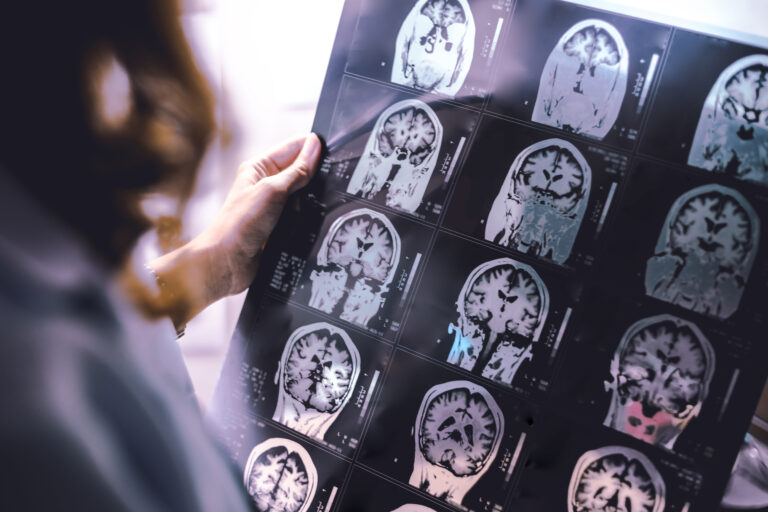**Exploring Neuroimmune Interactions in Alzheimer’s: Molecular Perspectives and Clinical Implications**
Alzheimer’s disease (AD) is a complex condition that affects millions of people worldwide. While we know that AD involves the degeneration of brain cells and the buildup of amyloid plaques, the exact mechanisms behind this process are still not fully understood. One area of research that holds great promise is the study of neuroimmune interactions—how the immune system and the brain interact to contribute to the development and progression of AD.
### What Are Neuroimmune Interactions?
The brain and the immune system are not separate entities; they are interconnected. The brain has its own immune system, known as the central nervous system (CNS) immune system, which includes cells like microglia. These cells are like the brain’s own police officers, constantly patrolling for any signs of damage or infection.
In Alzheimer’s disease, the CNS immune system can go awry. Microglia, which are usually helpful, can become overactive and start attacking healthy brain cells. This overactivity can lead to inflammation, which is a hallmark of AD. Inflammation is like a fire alarm in the brain, signaling that something is wrong. However, chronic inflammation can cause more harm than good, leading to further brain cell damage.
### Molecular Perspectives
To understand how neuroimmune interactions contribute to AD, we need to look at the molecular level. Here are some key players:
1. **Amyloid Beta (Aβ)**
– Amyloid beta is a protein fragment that accumulates in the brains of people with AD. It forms sticky clumps called plaques, which are toxic to brain cells.
2. **Microglia**
– Microglia are the brain’s immune cells. They can recognize and respond to Aβ plaques. However, in AD, microglia become overactive and start producing inflammatory chemicals, which exacerbate the problem.
3. **Toll-Like Receptors (TLRs)**
– TLRs are proteins on the surface of microglia that detect pathogens and trigger an immune response. In AD, TLRs can be activated by Aβ, leading to an exaggerated inflammatory response.
4. **Cytokines**
– Cytokines are signaling molecules that help coordinate the immune response. In AD, certain cytokines can promote inflammation and neurodegeneration.
5. **ACE2 and APOE**
– ACE2 is an enzyme involved in the renin-angiotensin-aldosterone system, which regulates blood pressure. Variants of the ACE2 gene have been linked to vascular disorders, which are risk factors for AD. APOE is a gene that influences cholesterol metabolism and has a strong genetic link to AD. Recent studies suggest that ACE2 and APOE proteins may interact, making ACE2 an interesting candidate for further research.
### Clinical Implications
Understanding neuroimmune interactions in AD has significant clinical implications:
1. **Targeting Inflammation**
– Since inflammation is a key component of AD, therapies that reduce inflammation could potentially slow down the disease progression. This includes medications that target specific cytokines or enzymes involved in the inflammatory process.
2. **Microglial Modulation**
– Researchers are exploring ways to modulate microglial activity to prevent them from becoming overactive. This could involve developing drugs that specifically target TLRs or other microglial receptors.
3. **Vascular Health**
– Given the link between vascular disorders and AD, maintaining good vascular health through lifestyle changes or medications could help reduce the risk of developing AD.
4. **Personalized Medicine**
– The interaction between genetic factors like APOE and environmental factors like ACE2 variants suggests that personalized medicine approaches might be more effective in treating AD. This could involve tailoring treatments based on an individual’s genetic profile and lifestyle.
### Conclusion
Exploring neuroimmune interactions in Alzheimer’s





